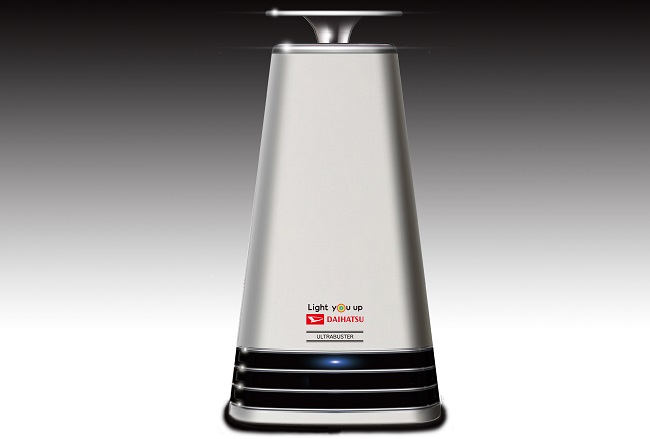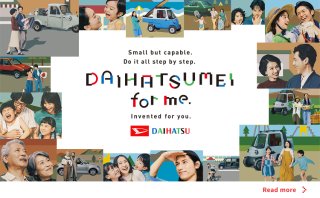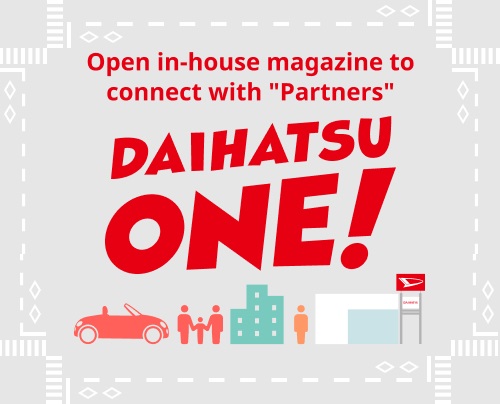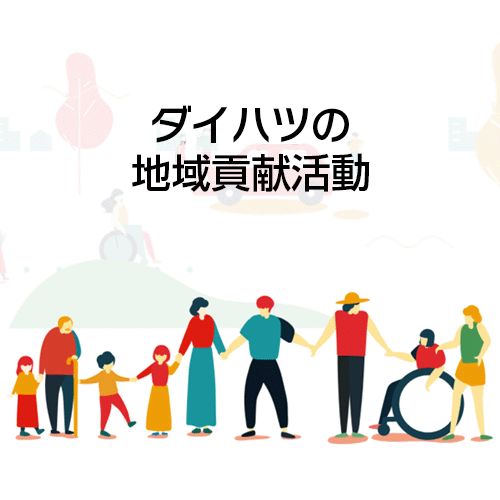- Event / Topics
- Kotodukuri
- SDGs /CSR /Environment
- NEWJul. 09, 2019
Daihatsu Develops New Equipment to Reduce Load on the Elderly and Extend Their Freedom of Movement Achieved through industry-academia joint research from the perspective of preventive care in view of an aging society
Jul. 09, 2019
Daihatsu Motor Co., Ltd.
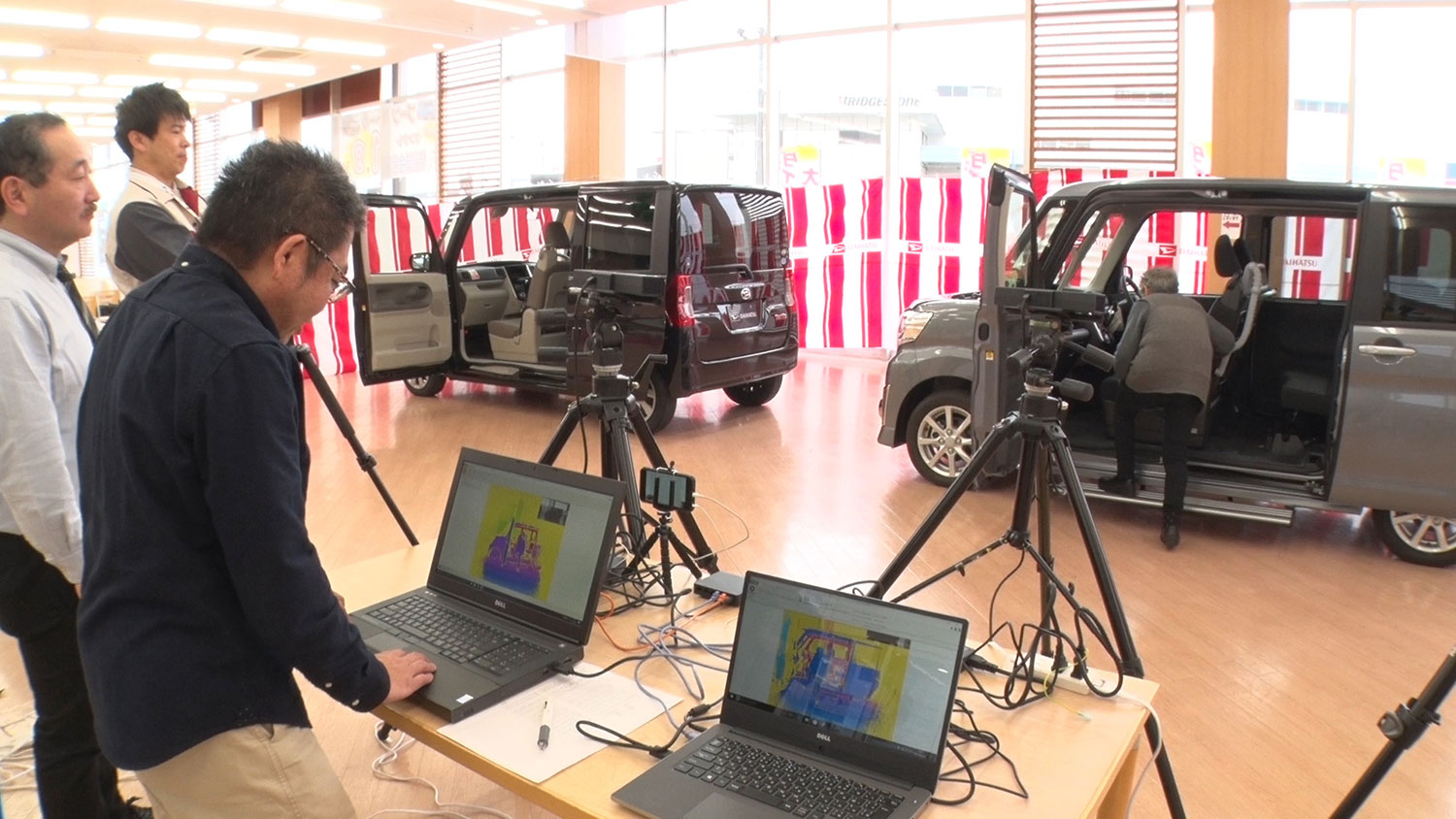
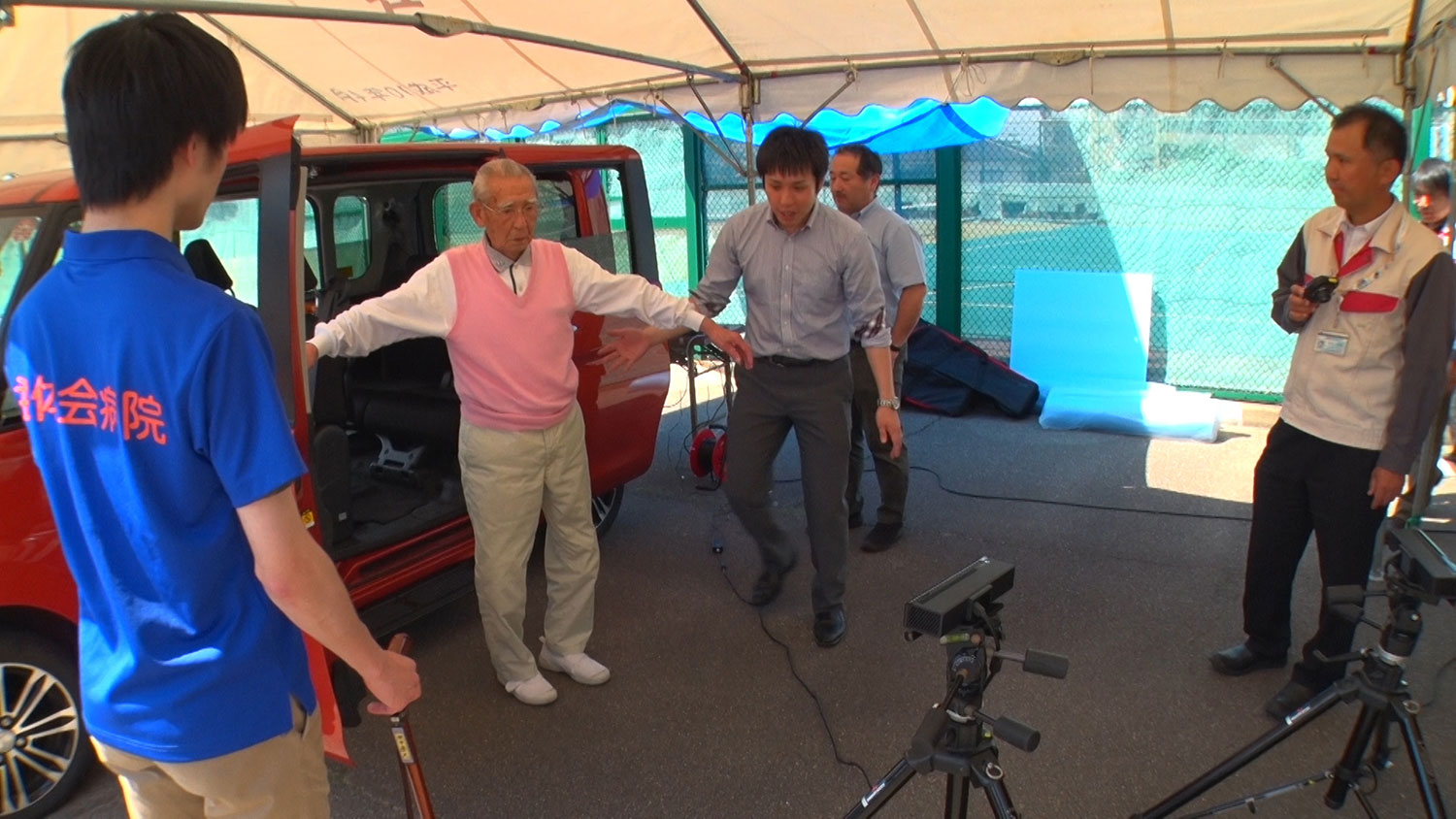
Scenes of industry-academia joint research
Daihatsu Motor Co., Ltd. (hereinafter “Daihatsu”) has newly developed through industry-academia joint research new equipment to reduce load on the elderly and extend their freedom of movement from the perspective of preventive care as an initiative in view of the future aging society. The new equipment will go on sale nationwide on July 9.
So far, Daihatsu’s welfare vehicles (wheelchair accessible vehicles, seat lift vehicles) have targeted customers with relatively high levels of care requirements, and the product lineup for frail*1 elderly, people requiring support, and those with low levels of care requirements had not been adequate. Therefore, new products were developed this time as it is thought that providing the most appropriate products corresponding to the various conditions of the elderly to support their movement will contribute to preventive care. Since 2017, we have been collaborated and cooperated with physical therapists and university professors for our community-based project Healthy and Safe Driving Courses, which is a part of MONODUKURI and KOTODUKURI. The aim was to develop products which can support people with low levels of care requirements, a shared issue of MONODUKURI and KOTODUKURI.
The new equipment being launched this time are the Rakusuma Grip (front-passenger seat, and behind the driver’s seat and front-passenger’s seat) and the Miracle Auto Step–which can be installed as an option*2 on the new Tanto being launched today—as well as the front-passenger Turn Seat used in the welfare vehicle Tanto Welcome Turn Seat.
As a result of kinesiological analysis conducted by the Suzuka University of Medical Science (Suzuka City, Mie Prefecture) about how the elderly with deteriorated motor functions enter and exit vehicles, vehicles installed with grips and steps were demonstrated to be capable of reducing burden on the body*3 by stabilizing the torso and limiting the movement of the center of gravity. In addition, the results of satisfaction surveys conducted by physical therapists showed improved satisfaction with entering and exiting of vehicles*3 for those installed with grips and steps, or those installed with Turn Seats, compared to those without. It is felt that using the new equipment will contribute toward preventive care by lowering hurdles for movement and through participation in society.
Based on its “Light you up” approach, Daihatsu provides optimal mobility to every one of its customers using both MONODUKURI and KOTODUKURI. Going forward, Daihatsu will continue to contribute toward the realization of a world where the elderly, in various stages of care and regardless of age, can move about freely and participate in society.
*1 This refers to a state of deterioration in motor and cognitive functions with old age, just before the need for elderly care.
*2
Rakusuma Grip is available both as a manufacturer’s option, and as a dealer’s option. Miracle Auto Step is available as a dealer’s option.
For further details, please see the product catalogue or the official Daihatsu website.
*3 Presented at the 56th Annual Meeting of the Japanese Association of Rehabilitation Medicine organized from June 12 to 15, 2019.
Outline of New Equipment
[Rakusuma Grip (front-passenger seat, and behind the driver’s seat and front-passenger’s seat)]
- This is a set of grips developed based on market research. The location and carefully designed shape of the grips have been optimized to support entry and exit from the front-passenger’s seat and from the rear seats, and to make movement easier in the rear seats; this helps elderly passengers who experience difficulty moving their legs to enter and exit the vehicle with peace of mind.
- The grips have been designed with a slightly oval cross-section so that they remain stable when gripped during entry and exit; the grips also feature ridges spaced to fit occupant fingers so as to improve fit and reduce the likelihood of slippage.
[Miracle Auto Step]
- This is a long step that can take advantage of the wide opening of the Tanto’s unique Miracle Open Door with built-in pillar to improve ease of entry and exit from both the front-passenger’s seat and the rear seats.
- All manner of entry and exit scenarios can be catered to by combining the wide opening of the Miracle Open Door with the Rakusuma Grip.
[Front-passenger Turn Seat]
- Limiting the turning angle of the Turn Seat to 30 degrees enables the front passenger to grip the front-passenger Rakusuma Grip; even occupants who have difficulty moving their legs can enter and exit the car with peace of mind.
 Rakusuma Grip(front-passenger seat)
Rakusuma Grip(front-passenger seat)
 Rakusuma Grip(behind the driver’s seat and front-passenger’s seat)
Rakusuma Grip(behind the driver’s seat and front-passenger’s seat)
 Miracle Auto Step
Miracle Auto Step
 Front-passenger Turn Seat
Front-passenger Turn Seat
Analysis of Vehicle Entry and Exit (by those requiring support/care)
Demonstrated that vehicles installed with grips and auto step stabilizes the body to enable even smoother vehicle entry and exit
<Example: Limiting movement of center of gravity when entering vehicle>
- Limits the movement of the center of gravity when entering vehicles to enable easy entry
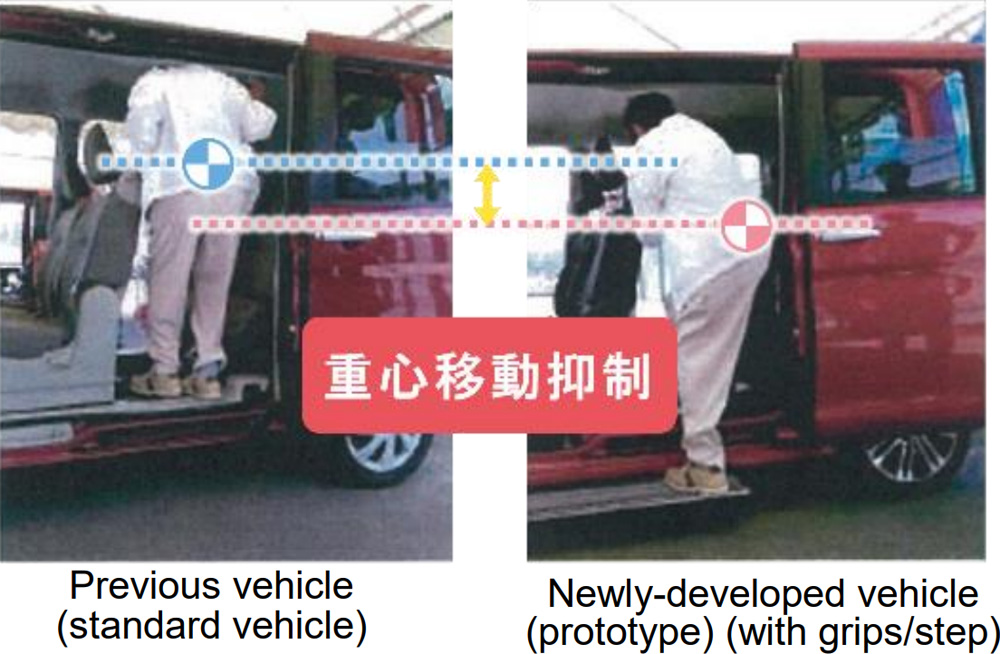
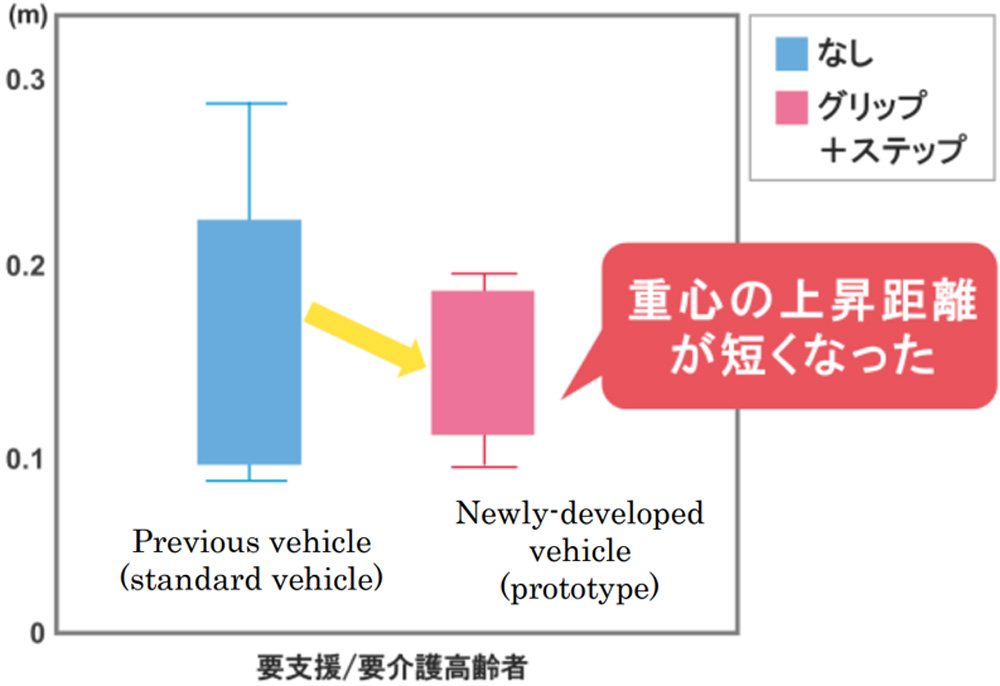
Source: Yasuhiko Hatanaka, et al., “The influence of the handrail and step to getting on and off the car for the care needed or support needed elderly”, June 2019 presentation poster for the 56th Annual Meeting of the Japanese Association of Rehabilitation Medicine (Kobe)
Survey of Satisfaction with Vehicle Entry and Exit (by those requiring support/care)
Showed that the grips, auto step, and turn seat improves satisfaction with vehicle entry and exit
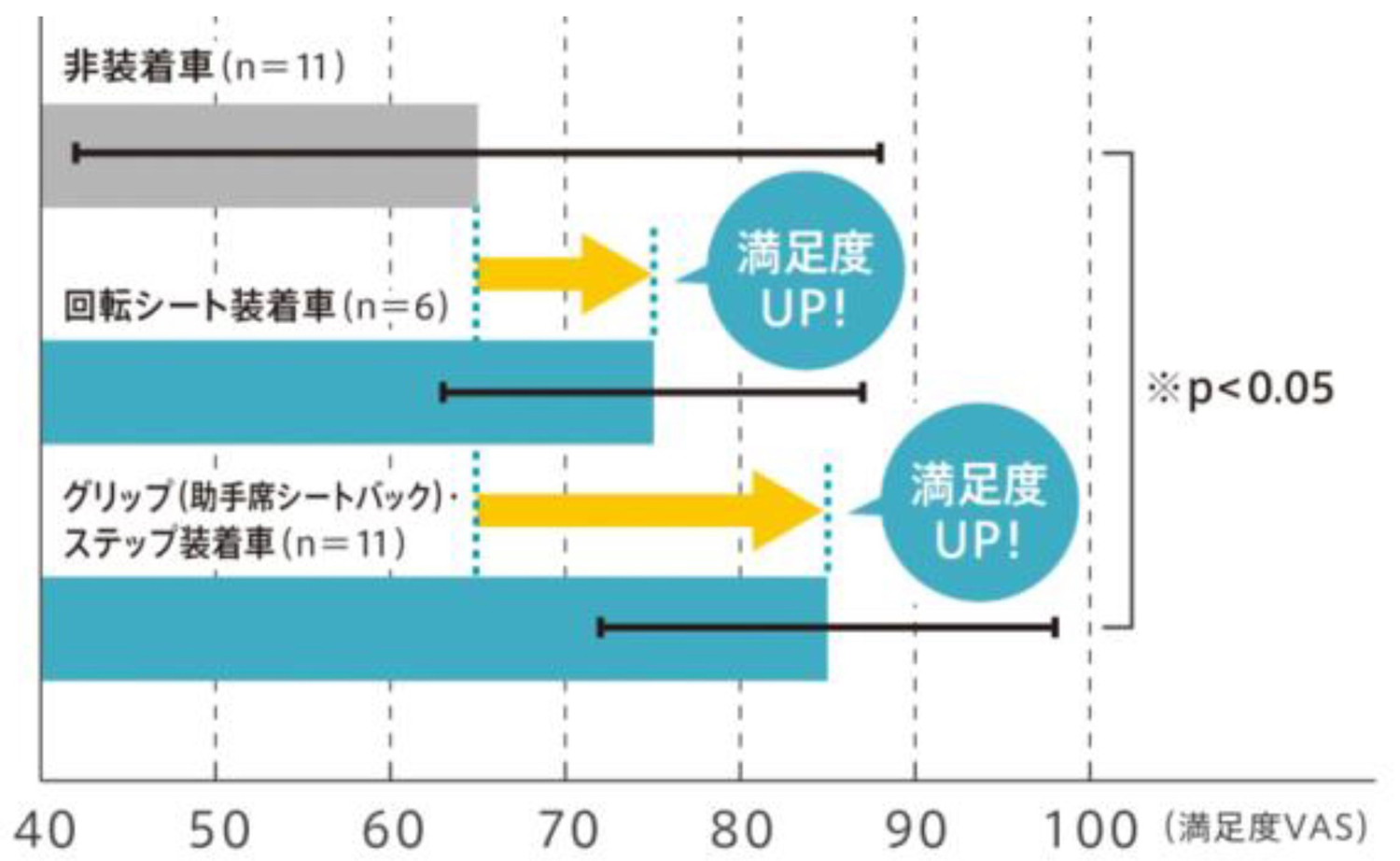
Source: Takuya Ito, et al., “Satisfaction investigation after ordinary car and development car getting on and off in frail elderly people”, June 2019 presentation poster for the 56th Annual Meeting of the Japanese Association of Rehabilitation Medicine (Kobe)
